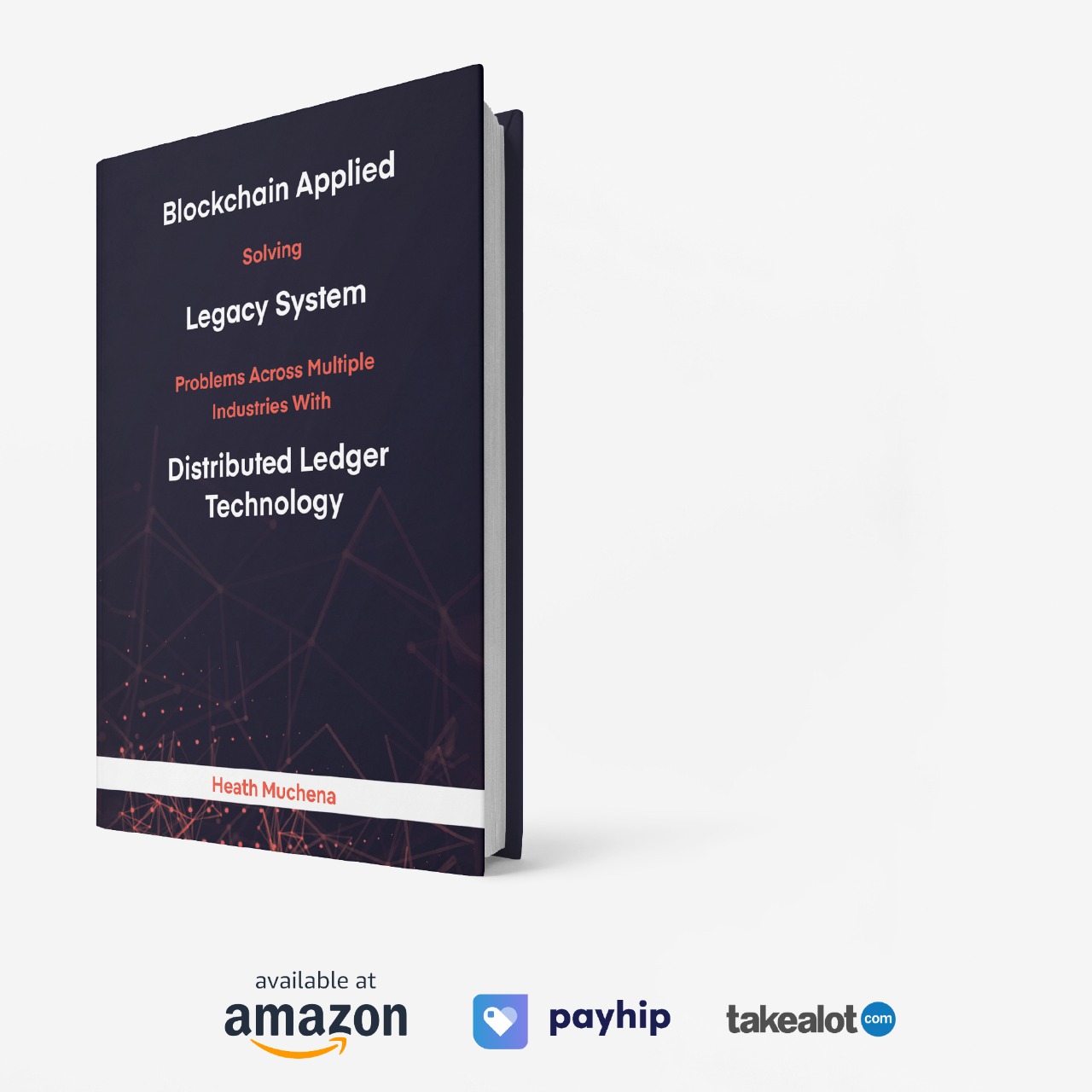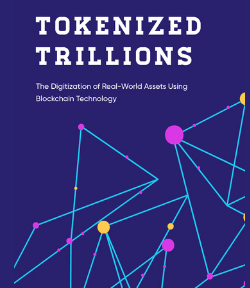
Tracking the Signals That Decide the Next Market Breakout
The Coming Crunch in Liquidity and What It Means for Bitcoin.
Financial markets don’t collapse because of headlines – they collapse because the flow of money itself begins to dry up. That flow, known as liquidity, is the bloodstream of global finance. When it weakens, stress doesn’t start in the stock market ticker tape. It begins deep inside the plumbing – repo markets, collateral chains, and funding spreads. Right now, those signals are flashing red.
The liquidity upswing that began in late 2022 has carried risk assets to fresh highs, powering a rally that many investors have taken for granted. But cycles, like tides, turn. Liquidity has always run in roughly five- to six-year waves. And this current swell looks like it’s cresting. The next ebb could test the resilience of a system already stretched by historic levels of debt.
Modern finance is built on a paradox: debt needs liquidity, and liquidity is often created on the back of debt. Roughly 80% of global lending today is collateral-backed – secured either by real estate or, more critically, by government bonds. U.S. Treasuries, German bunds, and other “pristine collateral” are the backbone of this machine.
But here’s the catch: if those supposedly stable assets become volatile, the entire structure wobbles. Rising bond volatility, measured by the MOVE index (the “VIX of bonds”), forces lenders to demand steeper haircuts. That shrinks credit availability, tightens conditions, and sets off chain reactions that can turn into crises.
We’ve been here before. Every major financial shock of the last half-century – from the savings and loan crisis to the global financial crisis – has coincided with extreme debt-to-liquidity ratios. Too much debt chasing too little liquidity is the dry tinder that ignites when stress flares in repo or funding markets.
The problem isn’t just today’s liquidity squeeze. It’s tomorrow’s refinancing wall. During the COVID era, governments and corporations gorged on ultra-cheap debt, locking in low rates and pushing maturities further into the future. That future is now approaching. Between 2026 and 2029, $35-40 trillion in debt will need to be rolled over annually.
This isn’t fresh capital for innovation or growth – it’s yesterday’s borrowing coming due at today’s far higher rates. Markets that once thrived on zero-rate oxygen are about to face the suffocating reality of refinancing in an era where money is no longer free.
Layer onto this a Federal Reserve actively slowing liquidity injections – the very catalyst that reignited markets in late 2022 – and the setup looks eerily similar to early 2022, when equities cracked before stabilizing again.
Why This Time Feels Different
Liquidity contractions don’t just drain markets; they expose fragilities in the very instruments meant to be safe. If U.S. Treasuries wobble, the ripple effect hits every corner of global finance, from hedge fund basis trades to emerging-market carry.
The Fed and Treasury know this, which is why they’ve leaned on tools like the reverse repo facility and Treasury buybacks to suppress volatility. But these are stop-gap measures, not permanent fixes. If repo markets fracture again, volatility will return – and when it does, liquidity can evaporate overnight.
What It Means for Gold, Bitcoin, and the Next Play
When trust in collateral erodes, capital flees to assets that can’t be printed, defaulted, or inflated away. Historically, that meant gold. Increasingly, it also means Bitcoin.
Gold has centuries of history as a store of value, and central banks continue to accumulate it. But Bitcoin, as a decentralized and finite digital asset, represents something more radical: the first “hard money” native to the digital age. In a system choking on debt and distorted by monetary intervention, Bitcoin embodies the deflationary alternative – money outside the system’s control.
That doesn’t mean smooth sailing. Liquidity downturns hit everything in the short term, crypto included. But in the longer arc, the very instability of traditional collateral makes the case for alternatives stronger. As refinancing walls loom and the debt-liquidity ratio grinds higher, investors will increasingly look to gold and Bitcoin not as speculation, but as insurance.
Positioning for the Endgame
We’re not at the cliff’s edge yet. The liquidity upswing still has fuel left, and risk markets may grind higher in the near term. But the clock is ticking. Smart investors are already watching the MOVE index and SOFR spreads to monitor the heartbeat of the market.
The lesson is clear: this isn’t about calling the top tick of the bull run. It’s about preparing for the turn in the cycle – the inevitable downswing that history has shown, time and again, can be sudden and severe.






